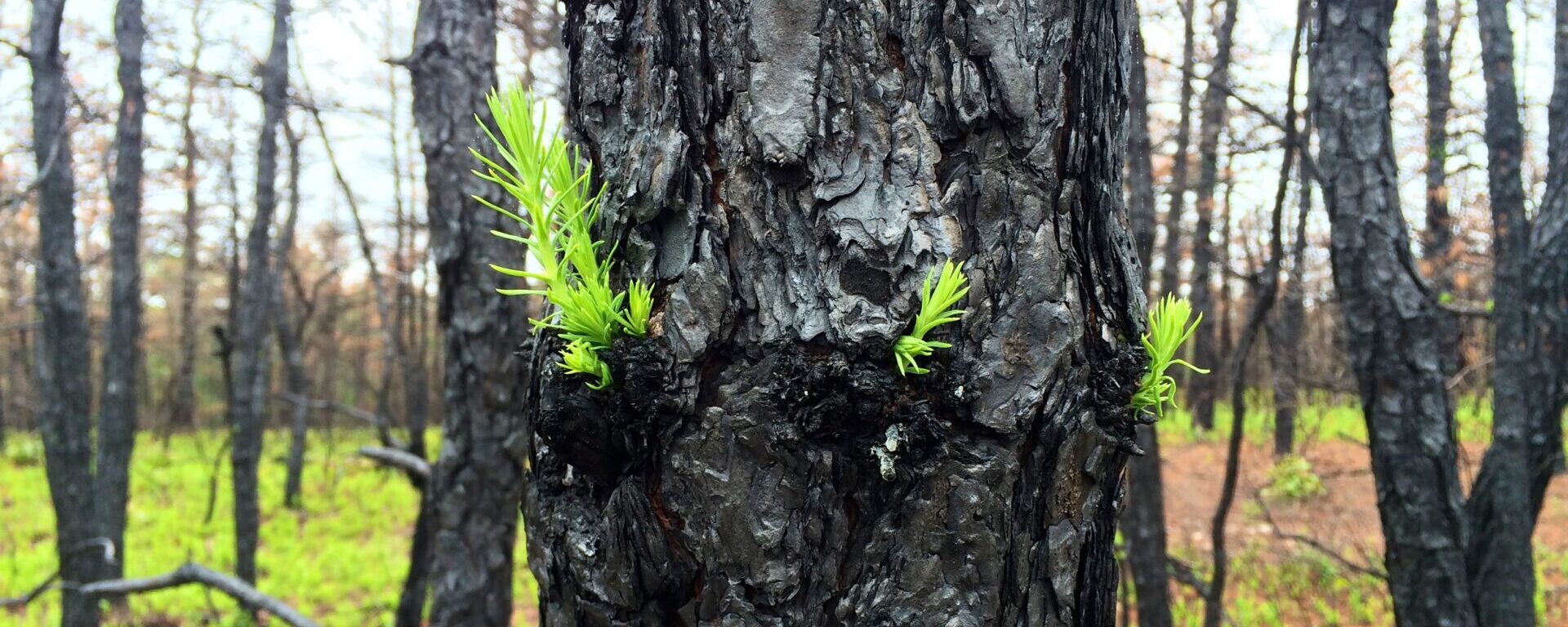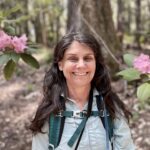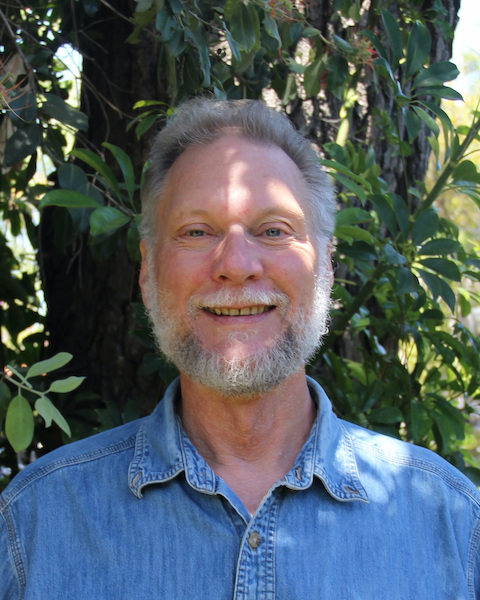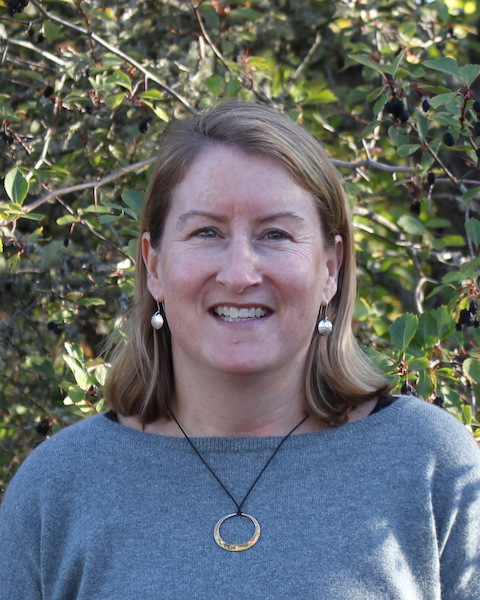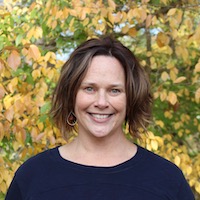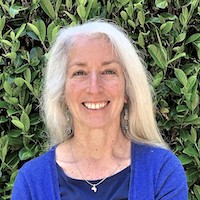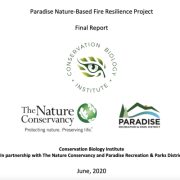The California community of Paradise is rebuilding their town using strategies that enhance human safety while caring for the surrounding natural areas.
As the Sierra Nevada town of Paradise rebuilds after the devastating Camp Fire of 2018, the community has an opportunity to incorporate strategies to increase its resilience to fire and climate change, enhance the safety and well-being of its residents, and at the same time care for the surrounding natural areas that make it a beautiful place to live.
CBI and the The Nature Conservancy helped Paradise seize this opportunity when the Paradise Recreation and Park District asked us to help them explore community design principles that could provide all of these benefits. The CBI team created geographic models of “Wildfire Risk Reduction Buffers” between the structures and the surrounding wildlands to reduce exposure of homes to wildfire risks. These buffers, which can be made up of parklands, orchards, and other low fire-risk land uses, can be managed to provide many benefits, including buffering homes from ignition, providing safe-haven refuges for residents to escape from fire, strategically-placed staging areas for fire-fighters, recreational access to open space, and protecting natural habitat from the effects of an encroaching urban landscape.
The team combined spatial data about the landscape with local knowledge to prioritize locations for fire risk-reduction and analyzed ignition risks and co-benefits with and without the buffers. The resulting maps illustrate the potential for local partnerships to make a real difference in the town’s future. Through innovative thinking about the role of land use planning, the community of Paradise is changing its approach to living with fire and providing a model for fire-prone communities everywhere.
